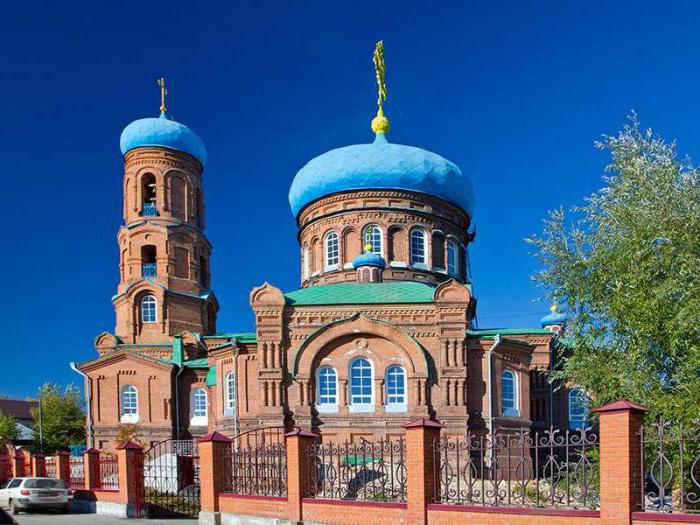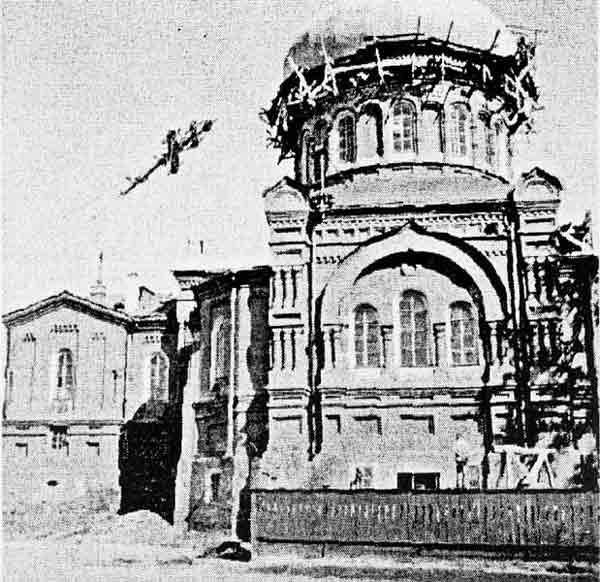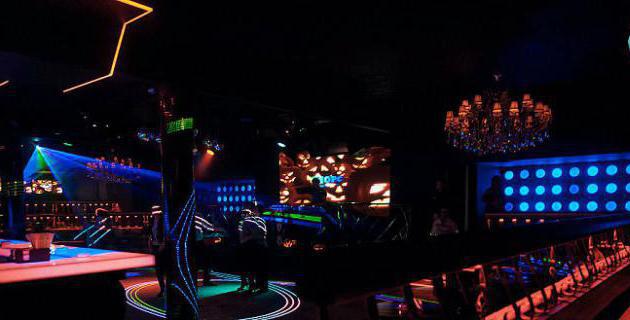Pokrovsky Cathedral of Barnaul - shrine of the Altai Territory
There is hardly one resident not onlyBarnaul, but also the whole Altai Territory, which is unknown to the Cathedral of the Intercession. After experiencing long decades of atheism and atheism, it has always remained an indestructible stronghold of Orthodoxy and a spiritual support for millions of Russians. Reborn in all its greatness, today it again took a prominent place among the religious centers of the country.

The spiritual center of the working margin
In the middle of the XIX century from the low-income Russianprovinces began active resettlement of residents in the Altai Territory, rich in undeveloped expanses. Many of them settled in Barnaul and settled on its western outskirts, which was called the Hare settlement. The Pokrovsky Cathedral of Barnaul did not exist then, and numerous settlers were nourished in a small wooden church.
In 1863, it was dismantled, and on the releaseda place of brick made by a local factory, erected a new church. However, by the end of the century and it was not large enough for a much overgrown area. The initiative of building a more spacious church was performed by the parishioners themselves, and thanks to their tireless works in 1904 the present Pokrovsky Cathedral of Barnaul was built.
The temple, which became the decoration and pride of the city
All works were spent on means,sacrificed by the townspeople, among whom the local merchants showed special generosity. The newly built cathedral, which soon received the status of a cathedral, became one of the leading religious centers of the diocese and was an outstanding work of temple architecture.

His project was sustained in the fashionable thenpseudo-Russian, or, as it is called, the Byzantine style, with the characteristic five-headed case in such cases. Built from red brick, with crosses shining in the sun, the Intercession Cathedral of Barnaul contrasted sharply with the dull buildings surrounding the working area.
The temple is a victim of the God-seeking policy
The painting of the interior of the cathedral waswas carried out much later, in 1918-1928. Despite the fact that the power was seized by the Bolsheviks at that time, the cathedral remained active until the end of the thirties, and the local Barnaul artist N. V. Shvaryov managed to create in it a significant number of outstanding paintings on religious themes.
Plots for his frescoes, he drew from the paintings of many famous Russian masters, whose names adorned the history of Russian art. His own brush belongs to some of the icons that have entered the iconostasis.

Pokrovsky Cathedral in Barnaul closedas a result of a large-scale anti-religious campaign of 1939. The bell tower was demolished, and crosses were dropped from the domes. This act of vandalism is presented in the photo, included in the article. However, the building itself survived, and for five consecutive years it was defiled, but fortunately, the undefeated Pokrovsky Cathedral of Barnaul was used as a storage room.
Revival, which began in the war years
It is well known that during the war years for the upliftpatriotic spirit among the population and for its closer unity in the fight against the enemy, the government decided to open a number of Orthodox churches, previously selected from the Church. Among them was Pokrovsky Cathedral of Barnaul, returned to believers in 1943. Since that time, its slow but steady recovery has begun.
It should be noted that from the end of the war to the middleeighties to the whole Altai Territory there were hardly three or four active churches. This circumstance determined the role of the Intercession Cathedral as the leading spiritual center. In it converts believers from a vast territory, and all worship services were, as a rule, in a crowded room.

Cathedral, which became a people's shrine
Today, when the parish churches are openpractically in all regional centers, the inhabitants of the region consider it their sacred duty to visit it every time when due to certain circumstances they find themselves in Barnaul. Tribute to the memory of the previous years and the profound veneration of the relics kept in it make them visit the Intercession Cathedral again and again (Barnaul). Its address (Nikitin St., 137) is also well known to those who, having not yet joined the religion, show interest in the past of their city and its cultural and historical heritage.
</ p>




